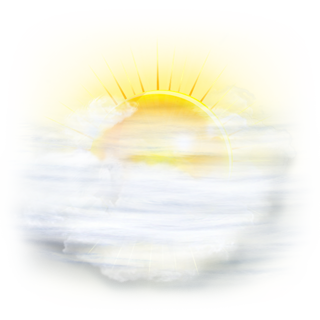When Professor Len Saxe (HRNS), director of the Cohen program and the Hornstein program, first arrived at Brandeis, he taught Psychology with a background in Social Psychology. He was very interested the relationship between a community’s decisions and how they affect policy and Jewish society. “Nowadays you cannot open up a newspaper without seeing surveys,” Saxe said. He explained that surveys may affect how people vote and how they make their personal decisions.
Saxe is working on developing methods to improve the study of rare populations, such as the Jewish population, a mere 2 percent. Using his personal research and the annual UJA Federation 2011 Population study, Saxe published a blog titled “New York, What Kind of Town?” this past summer. His blog focused on Orthodox Jews in New York, and was spurred by the New York Times article, “Aided by Orthodox, Jewish Population is Growing Again.”
His blog responded to the Jewry study that occurred in June 2012. Saxe questions the accuracy of the study. He asks how we can validate results against things that we know to be true. Saxe focused on the estimates of students enrolled in parochial schools or Jewish Day Schools. One figure published is 145,000 but the true estimate is likely closer to 100,000. Saxe writes, “The New York report appears to have found 50 percent more day school students than actual enrollment figures indicate. The discrepancy is far greater than could be attributed to sampling error.”
Elaborating, he explained to The Hoot that sampling error or sampling bias might also account for the discrepancy in numbers. The question remains whether researchers spoke to the right people. The researcher likely talked to about 10,000 families in New York. The overestimate of Orthodox Jews in particular could be due to survey issues as simple as time of day. If one calls a home at six in the evening, one is more likely to reach a mother with kids. Saxe reports that the Orthodox Jewish community is over-reported and the non-Orthodox Jews are underreported, which could be accounted for by the sample error.
When asked about the current number of Orthodox Jews in New York, Saxe said that it is unknown, but that the estimate is not validated by other data. If students in Jewish Day School are underestimated, then Orthodox families might also be. Saxe elaborated that we need to establish findings. Saxe writes in his blog, “The ‘extra’ 50,000 students who were estimated to be in day schools potentially translate to an overestimate of 100,000 or more in the Orthodox population.” He questions the reliability of the statistics on both Orthodox and non-Orthodox families.
Saxe’s blog also focuses on anomalies in the results from the Taglit-Birthright program. Saxe has been with Taglit-Birthright since it began in 1999. Saxe discussed that in order to track the program’s alumni to determine the amount of Jewish engagement, they are constantly conducting surveys, studying Birthright applicants, and making significant efforts to contact alumni.
He questions why there are so few alumni among survey respondents.
Saxe writes an answer in his blog, “Because Taglit, which began in December 1999, serves 18 to 26-year-olds, the alumni are concentrated in the age group that was 26-32 at the time of the survey. This is a population that is extremely difficult to reach.” He explained that the alumni themselves are not reached; instead, callers reach their parents. Whereas, with the 26-32 year old alumni, they live on their own so they are not counted as part of their parents’ household.
This may be because there are now fewer landlines and more cell phones, and if they have a non-New York area code they are outside the sample frame.
Saxe said that the census difference and the story behind it will unfold within the next few months.
He writes in his blog, “As the community tries to draw out the implications of its changing character, these anomalies call out for understanding. Further analysis is part of the process of using science to advance a field and will, as well, redound to the benefit of the community.”

42°F
Menu

